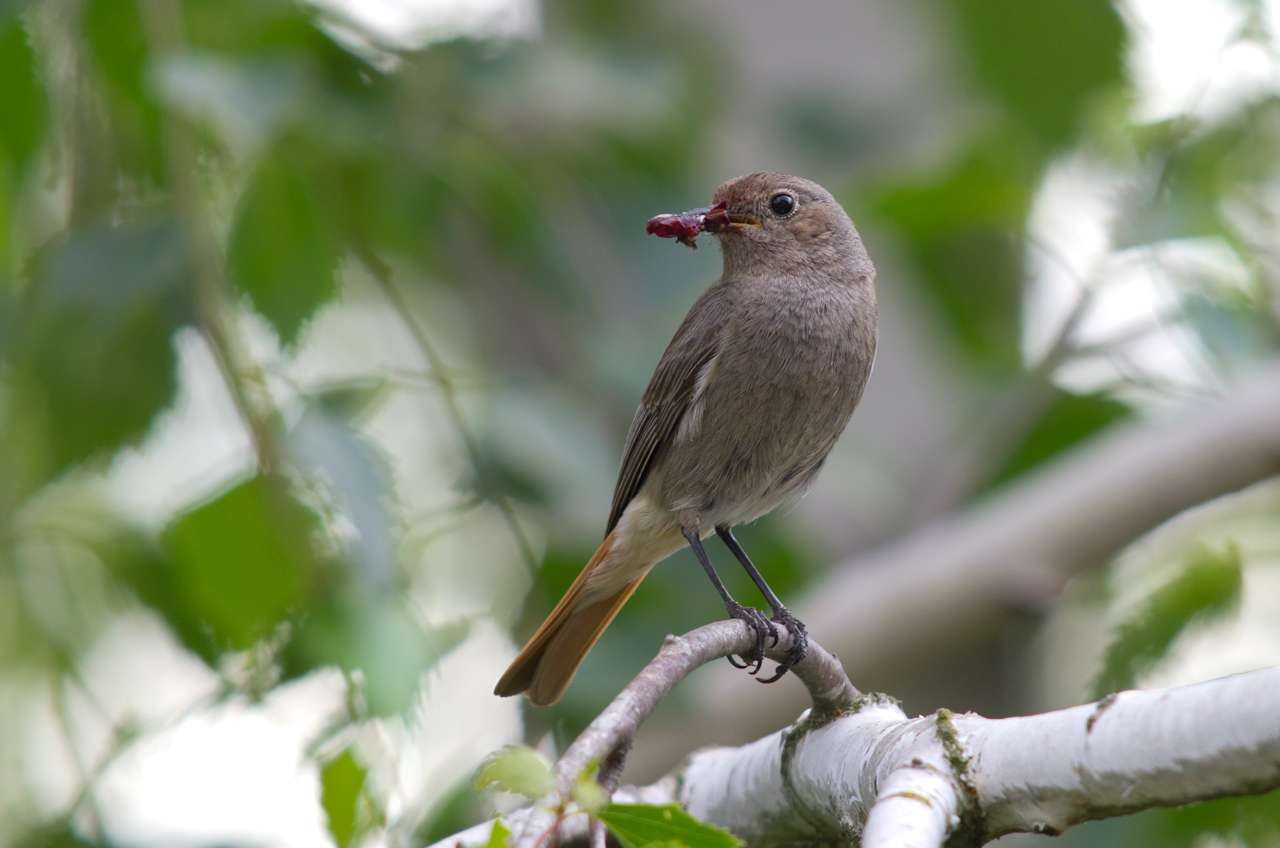 Originally posted by JinDesu
Originally posted by JinDesu 
Many people have posted shots from the D800E that show repeating patterns without moire.
There are many reasons why moiré does not always rear its ugly head:
- The spatial frequencies in the scene are too low.
- The lens is wide open and acts as a low-pass filter.
- The f-ratio is high enough to cause sufficient diffraction.
- The lens is slightly defocused.
- There is motion blur from camera shake or subject movement.
In all these cases it would be better to remove the cause of the problem rather than slightly mitigating its effect by not using an AA filter.
Conversely, if you manage to make all stars align so that image sharpness is optimal, capture sharpening can completely restore any loss in contrast when using an AA filter, while not using an AA filter just makest moiré likely to occur.
Contrary to what is often stated, moiré cannot easily be removed:
- It is always a manual process, requiring detailed attention. There is no way to "batch process" images, repairing moiré in an automated manner.
- Information has irrevocably been lost. Some invented information has to replace the ugly moiré patterns and this patching may or may not look good.
In contrast, the capture sharpening required to remove the little loss in contrast caused by AA filters, can be applied globally to an image and thus be made part of a default import setting (e.g. in Lightroom).
Once an appropriate level of capture sharpening has been applied to an image recorded through an AA filter, there is no significant difference to an AA filter-less version. This is a 100% true for images with no blur. Only when images already contain some blur, an AA-filter may actually destroy some resolution.
BTW, "AA filter" is a misnomer for the birefringent plates that are put before imaging sensors. Watch the following demonstration of birefringence.
Bear in mind that a sensor using a Bayer-filter matrix absolutely needs an approach like this (or equivalent) unless you are talking about images with (relatively) low spatial frequencies only.
No doubt sooner or later someone will publish comparative lw/ph resolution figures showing how much more the K-5 IIs resolves compared to the K-5 II.
I'm just hoping that
- These figures will be obtained using appropriate levels of capture sharpening respectively, and
- the figures won't be based on B&W patterns and an approach that ignores the false colour that will be produced by an AA-filter less sensor.
The main purpose of an AA filter in front of a Bayer-matrix is to prevent colour-moiré. This slightly impacts on the sensor's ability to resolve the finest B&W patterns (in a situation where you know that the source is B&W and you then can faithfully reconstruct the B&W pattern using RAW data), but in the real world we are typically facing colourful subjects.
A more useful representation of a sensor's resolution capabilities would be measuring colour resolution. With the current B&W patterns, AA filter-less sensors appear to be resolving more detail (partly due to clever demosaicing algorithms) than they actually do, if you look at true colour resolution. In other words, do not believe that any lw/ph figure advantage the K-5 IIs may demonstrate, translates 1:1 into more detail in colour images.
One way of looking at an AA filter-less sensor is to observe that each part of a scene that corresponds to the size of a sensel on the sensor is only seen with one colour. The sensel is colour blind to other colours and hence only records one colour independently of the real spectrum the particular portion of the scene has. The AA filter, however, manages to expose the same portion of the scene to four sensels (which in combination see all colours), making sure that its full colour can be captured.
There is a reason why manufacturers have been equipping DSLR with the cost-adding, precision element called "AA filter".
Falk (falconeye) wrote this:
Personally, I consider a sub-100MP camera w/o Bayer-AA filter technically flawed which is and must be sold with a disclaimer.
He also has
some good things to say about removing AA filters; his bottom line is "
The ommission of the Bayer-AA slightly improves many images and massively deteriorates a few. The exact balance depends on the #MP."
IMHO, there are only very few people -- who have full control over their subject matter -- that can truly benefit from an AA filter less camera.
The vast majority is much better served with a complete image forming system.


 Similar Threads
Similar Threads 




















 Post #38 by Class A
Post #38 by Class A








